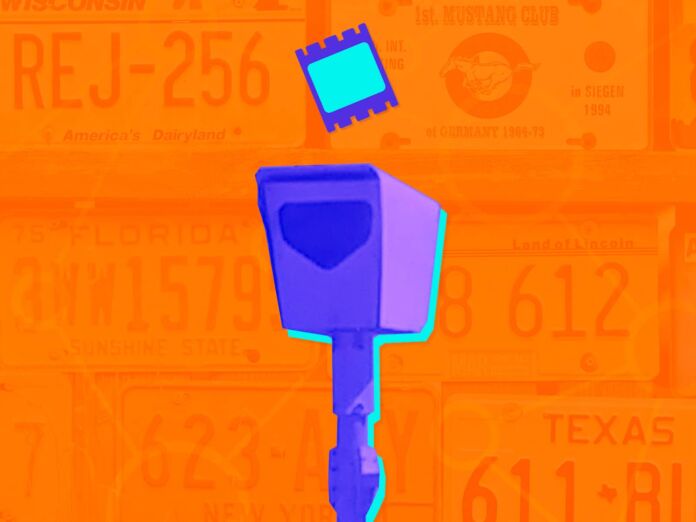
Smart cities through the Internet of Things (IoT) can tackle significant challenges that residents face – public safety, traffic, air quality, lighting, public transportation, and much more. Imagine a city that has sensors that records traffic patterns. That data is analyzed, and then traffic signals can adjust to the needs of traffic anonymously. Bus routes can be optimized and digitized to reduce waiting time and increase utilization to avoid waste. When it comes to smart cities – whether getting started deploying or creating solutions that can be used in smart cities applications, there are several key technologies that have been identified by recent research to consider.
Smart parking can help drivers find parking with ease and enhance safety with surveillance cameras. License plate recognition cameras can help manage traffic violations or investigate crimes. Cameras can be equipped with gunshot detection to alert law enforcement in real time. Numerous components can be built into smart cities, and the opportunity is growing as the Internet of Things has become more achievable through more affordable devices, widespread cellular connectivity, and a strong IoT vendor ecosystem to make deploying, managing, and scaling solutions simpler.
“Smart cities through the Internet of Things (IoT) can tackle significant challenges that residents face…”
-KORE Wireless
eSIM to Manage Connectivity Challenges
When deploying devices in IoT, one of the more significant challenges is unified connectivity, particularly for those organizations that are selling IoT solutions.
Consider this as an example: An organization has decided to sell a camera that is designed for license plate recognition as part of a smart city’s vertical-oriented offering. This organization wants to be able to sell this camera across North America and Europe with connectivity that works out of the box. The camera can record, take snapshots of critical events, and send this data cellularly to a centralized platform, so the connectivity element is extremely important.
Now, as the organization does not know the demand per region or carrier preference of the end user, it would make sense to use a carrier-agnostic SIM card, such as an eSIM, that can be provisioned remotely once an order has been placed.
This reduces the number of SKUs for the organization to just a single SKU, and it ensures that they can meet the demand of the end user, no matter where they are located or the carrier they use.
For those deploying smart city applications, an eSIM helps protect against network or carrier changes in the future. The 2G and 3G sunsets have shed light on the need for a connectivity technology that is resilient against changes to legacy networks or open to the possibility of future network technologies.
Instead of physically swapping each SIM in each device within the smart cities’ application – which could be thousands of devices, some in hard-to-reach areas – the eSIM can be remotely provisioned to connect to the new network of choice.
Private Networks to Support Data Requirements
If a city or municipality were to leverage smart city applications and connect hundreds or thousands of devices, a private network can be a consideration for managing that data load. While private networks through a wired network might be a traditional method, 4G LTE or 5G cellular networks can be utilized for private networks to support widespread, cellular devices while maintaining speed and bandwidth.
A private network could be built to only support the smart cities application, which means dedicated bandwidth that would not experience lags or slowdowns by sharing the network with other applications. This could help ensure that the smart cities devices are sending and receiving data consistently as expected.
Device authentication through private networks can help support a secure cellular IoT application, as well. Some uses of IoT in smart cities could expose sensitive data, like data used to help law enforcement investigate crimes.
- SEO Powered Content & PR Distribution. Get Amplified Today.
- Platoblockchain. Web3 Metaverse Intelligence. Knowledge Amplified. Access Here.
- Source: https://www.iotforall.com/digital-solutions-for-smart-cities



